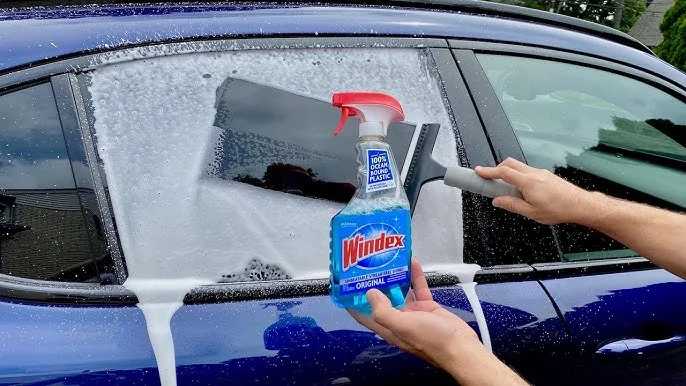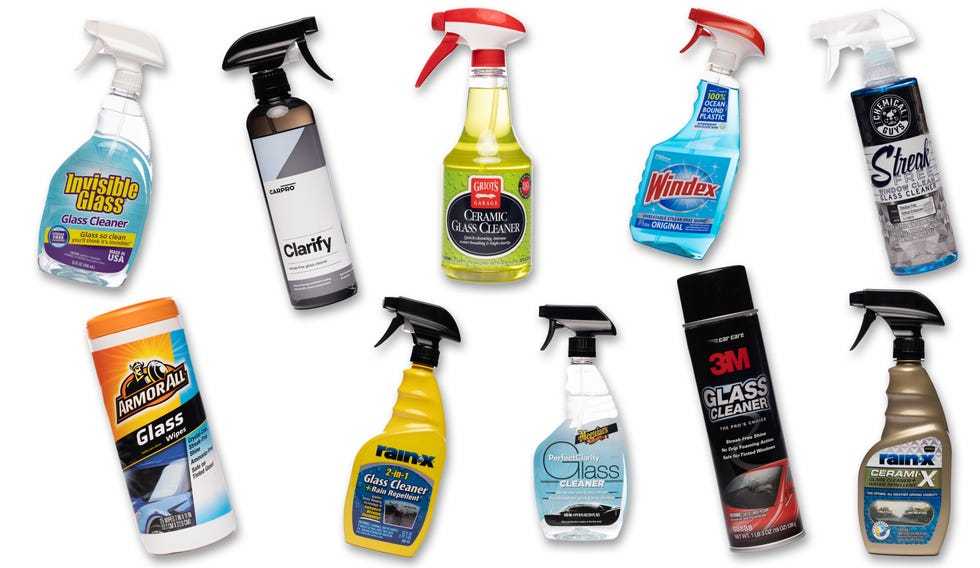Laminated glass offers superior safety and security compared to wired glass, making it the better choice for modern buildings. Wired glass, while affordable and historically used for fire resistance, cracks easily and isn’t as reliable in protecting against impacts.
In brief, laminated glass combines multiple layers of glass with a plastic interlayer, enhancing its durability and safety features. Wired glass, on the other hand, features embedded wire mesh that holds glass fragments together, but it’s less effective against impact and offers limited security benefits. The decision ultimately depends on your specific needs for safety, fire resistance, and aesthetics.
When choosing between laminated glass and wired glass, it’s important to understand their differences, advantages, and disadvantages. Laminated glass is widely preferred today because of its strength, safety benefits, and better resistance to shattering. Wired glass was traditionally used in fire-rated applications due to its heat resistance, but advancements in laminated technology have made it the more versatile and safer option for many modern architectural requirements. Whether upgrading security, safety, or aesthetics, knowing the key distinctions will help you make the best choice for your project.
Laminated Glass vs Wired Glass: Understanding the Key Differences
Choosing the right type of glass for your building projects can be challenging. Both laminated and wired glass offer unique benefits and serve different safety and security needs. In this article, we will explore the main differences, advantages, and uses of laminated glass compared to wired glass.
What Is Laminated Glass?
Laminated glass consists of two or more layers of glass bonded together with a plastic interlayer, usually polyvinyl butyral (PVB). This structure provides strength and safety, preventing shattering into dangerous shards if broken. Laminated glass is commonly used in car windshields, skylights, and windows where safety is a priority.
What Is Wired Glass?
Wired glass contains a network of thin wire mesh embedded within the glass sheets. This wire mesh holds the glass together if it cracks or breaks, preventing shards from falling out. Wired glass has been used in fire-rated windows and doors, especially in areas requiring fire resistance. Its design was historically favored for added security and fire protection.
Safety and Security Features
Laminated Glass Safety Benefits
- Impact Resistance: Laminated glass withstands strong impacts without shattering, reducing injury risks.
- Blast Resistance: It can absorb shock waves from explosions, making it suitable for high-security buildings.
- UV Protection: The plastic layer filters ultraviolet rays, protecting interior furnishings.
Wired Glass Safety Features
- Fire Resistance: Wired glass maintains strength during fires, preventing it from breaking and allowing safe evacuation.
- Impact Resistance: The wire mesh adds durability against impacts but less than laminated glass.
- Shatter Containment: The wire mesh holds broken pieces together, avoiding falling shards.
Fire Resistance and Building Regulations
Laminated Glass and Fire Safety
While laminated glass is compatible with fire-rated assemblies, it does not inherently provide fire resistance. Its primary safety feature is impact resistance. It may be combined with fire-resistant frames to meet safety standards.
Wired Glass and Fire Safety
Wired glass is often used in fire-rated windows and doors because of its ability to withstand high temperatures without breaking. Many fire-rated wired glass products are tested and certified for specific fire resistance durations, making them suitable for fire escape routes and fire barriers.
Visual Clarity and Aesthetic Aspects
Laminated Glass Aesthetics
Laminated glass offers excellent clarity and an unobstructed view. The plastic interlayer can sometimes cause slight distortion or a tint, but modern manufacturing has minimized this issue. It is ideal for applications where aesthetics matter.
Wired Glass Appearance
Wired glass has a distinctive wire mesh pattern, which can be visible and may affect the visual appeal. The mesh can cast a pattern or shadow, which may not be desirable in certain design settings. However, clear wired glass options are available for better visibility.
Cost Considerations
Laminated Glass Costs
The cost of laminated glass varies depending on thickness and size but generally is higher than standard glass. Its durability and safety features justify the cost for many commercial and residential applications.
Wired Glass Costs
Wired glass tends to be more affordable initially but may require replacement or repair over time due to its limited impact resistance compared to laminated glass. Its fire resistance certification can add to the cost in fire-rated applications.
Installation and Maintenance
Laminated Glass Installation
Laminated glass can be installed using standard glazing techniques and requires minimal maintenance. Its durability ensures long-term performance with little effort.
Wired Glass Installation
Wired glass requires careful handling due to the wire mesh and potential for breakage. Maintenance involves inspecting for cracks or damage, especially in fire-rated installations where integrity is critical.
Environmental and Sustainability Aspects
Laminated Glass Environmental Impact
The manufacturing of laminated glass involves plastics which can impact recyclability. However, its long lifespan and safety benefits reduce the need for replacements, making it a sustainable choice in many cases.
Wired Glass Environmental Impact
Wired glass uses basic materials and is often recyclable. Its fire-resistant properties can reduce environmental hazards during fires by maintaining structural integrity longer.
Common Applications of Laminated and Wired Glass
Typical Uses for Laminated Glass
- Automotive Windshields: Safety and UV filtering.
- Skylights and Curtain Walls: Impact resistance and security.
- Security Windows: Bullet resistance and breakage prevention.
Typical Uses for Wired Glass
- Fire-Rated Windows and Doors: Fire safety compliance.
- Industrial Buildings: Fire barriers and impact resistance.
- Historical or Decorative Windows: When wire mesh design is desired.
Choosing Between Laminated and Wired Glass
Deciding which glass is best depends on your project’s focus. For impact safety and clarity, laminated glass is usually the better option. For fire resistance and specific security requirements, wired glass remains relevant.
Summary of Key Differences
| Feature | Laminated Glass | Wired Glass |
|---|---|---|
| Impact Resistance | High | Moderate |
| Fire Resistance | Suitable with fire-rated frames | Excellent, fire-rated options available |
| Safety Shatter Prevention | Yes, prevents shards | Yes, holds shards with wire mesh |
| Visual Clarity | High, clear view | Variable, may have wire pattern |
| Cost | Higher initial investment | More affordable upfront |
| Design Flexibility | Great | Limited by wire mesh pattern |
Understanding these differences helps you select the best glass type for your safety, fire protection, aesthetic, and budget needs. Both laminated and wired glass continue to serve important roles in building safety and design, each suited for specific applications.
Regular strength glass vs. Tempered glass
Frequently Asked Questions
What are the safety considerations when choosing between laminated and wired glass?
Both laminated and wired glass offer safety benefits, but they serve different purposes. Laminated glass holds together when shattered, reducing the risk of injury from flying glass shards. Wired glass maintains its integrity when broken, preventing the glass from falling apart, although it can be more dangerous if the wire is exposed. Selecting the appropriate type depends on the specific safety requirements of your space, such as impact resistance and safety codes.
How does the maintenance of laminated glass compare to wired glass over time?
Laminated glass requires minimal maintenance beyond regular cleaning with non-abrasive cleaners to maintain clarity and prevent buildup. Wired glass, however, can accumulate dirt around the wire mesh, making cleaning more challenging. Over time, wire corrosion could occur if not properly coated or maintained, which might compromise the glass’s safety features. Regular inspections help ensure both types stay in optimal condition.
In terms of insulation, how do laminated and wired glass differ?
Laminated glass generally offers better insulation properties because it consists of multiple layers, which can include gas fills between panes to improve thermal performance. Wired glass typically has less effective insulation due to its single-pane construction and the presence of embedded wire mesh, which can create thermal bridging. For energy efficiency, laminated glass usually provides superior insulation benefits.
Can laminated or wired glass be customized for specific architectural designs?
Yes, both laminated and wired glass can be customized to fit various architectural styles. Laminated glass allows for options like tinted, frosted, or decorative interlayers that add aesthetic value. Wired glass can be manufactured with different wire mesh patterns and finishes to match design preferences, although options might be more limited compared to laminated glass. Working with manufacturers ensures you get a solution that aligns with your visual and functional needs.
What environmental factors influence the durability of laminated and wired glass?
Exposure to UV rays, moisture, and temperature fluctuations affects both types of glass. Laminated glass includes layers that resist UV degradation and provide better weather resistance, making it suitable for exterior applications. Wired glass, especially if the wire isn’t properly coated, can corrode or weaken over time when exposed to moisture and harsh conditions. Proper installation and periodic maintenance extend the lifespan of both options.
Final Thoughts
Laminated glass and wired glass serve different safety purposes. Laminated glass offers superior impact resistance and better energy efficiency, making it ideal for modern security needs. Wired glass, on the other hand, provides a cost-effective solution for fire-rated applications.
Both types have specific use cases, yet laminated glass often provides enhanced safety features.
In conclusion, laminated glass vs wired glass depend on safety priorities and budget constraints. Laminated glass generally offers better protection, but wired glass remains suitable for fire safety scenarios.



